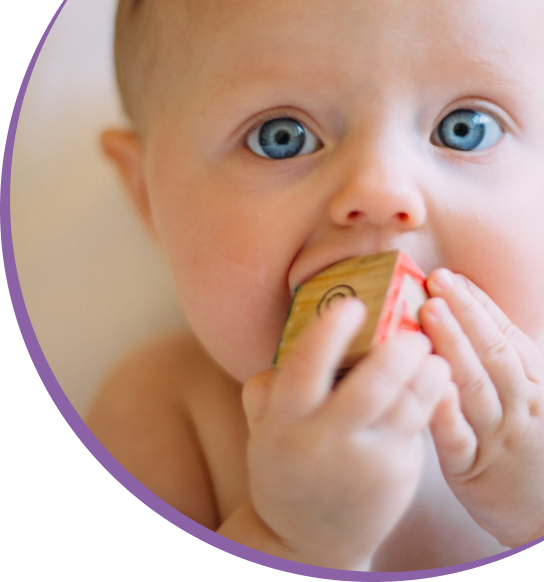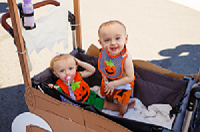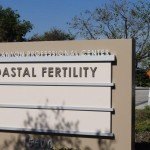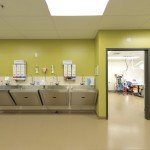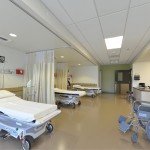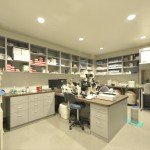About
Success
Treatment
Financial
Resources
Blog
Contact
Site Tools

- Home
- Pruning the Family Tree: Some things you never want your children to have; PGD makes that possible
Pruning the Family Tree: Some things you never want your children to have; PGD makes that possible
Like most couples, Stacy and Mitch Brookhyser dreamed of their future with children. They hoped the child would share their love of music and imagined the day when Mitch would first teach the child how to surf. But more that anything they hoped their child would simply be healthy, but for the Brookhyser’s there was a 50 percent chance that wouldn’t happen.
Huntington’s Disease ran rampant in Stacy’s family; she had seen it affect her grandma, mother and aunt, and she knew if she shared the same gene mutation and passed it down, her children would face the same fate.
Genetics 101 tells us that if both parents have brown eyes, it is unlikely to have a child without brown eyes. Brown is a dominant gene, we’ve known this since high school. What most people don’t know is that disease can also be dominant- Huntington’s is. A genetic test revealed that Stacy was carrying the gene.
Stacy decided it was time once and for all to prune Huntington’s disease out of her family tree using a revolutionary process called Premplantation Genetic Diagnosis. (PGD).
“We didn’t want to just plunge ahead and have kids; we felt that wasn’t responsible,” Stacy say. “ It was difficult to deal with the results of the news, but we were still driven to have kids.”
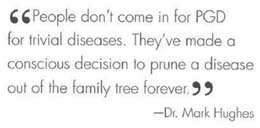
PGD was developed in the 1980’s and the first successful live births using the technology occurred in 1989.
“PGD came out of pure frustration,” say Dr. Mark Hughes, of the Genesis Genetics Institute and one of the doctors who developed the technology. “I got tired of having to meet with couples who just had a baby with a horrible disease and explain to them how it happened and that their future children had a 25 percent chance of having the same disorder.”
Initially, PGD screened only for cystic fibrosis, but today more than 240 diseases can be checked.
The Brookhyser’s turned to Lawrence Werlin of the Coastal Fertility Medical Center in Orange County, CA.
It makes a huge difference if you have a great doctor with a great lab., “ says Stacy. “Dr. Werlin made a difficult process comfortable for us.”
PGD involves testing embryos for genetic mutations or chromosomal defects before using IVF to implant them in the womb. Doctors in Europe, and now some in the United States, are starting to separate the two types of testing, referring to chromosome screening as Preimplantation Genetic Screening (PGS) and leaving PGD to cover genetic mutations. The idea is that because chromosome abnormalities are random, a single test can be used to screen any in-vitro patient, whereas a genetic mutation is specific to each family and individualized tests must be constructed. A recent study in the journal Fertility and Sterility showed that 20 percent of IVF patients used PGD in 2005, with two-thirds testing for chromosome problems and 12 percent testing for genetic mutations.
Surprisingly, a abnormality in one of the 23 pairs of chromosomes humans carry is not uncommon. A study using embryos from the Huntington Reproductive Center in Pasadena, CA, analyzed 289 embryos from 22 egg donors and found chromosomal abnormalities in 42 percent. PGS allows doctors to determine if an embryo has too few or too many chromosomes. Currently 80 percent of all defects can be caught.
While chromosomal abnormalities are a fluke, genetic mutations are the results of the parents carrying a recessive , dominant or X-linked flawed gene. In a dominant disorder, like Huntington’s disease, if one parent has a defective gene that dominates its natural counterpart, it leaves their offspring with a 50 percent chance of developing the disease. In recessive disorders, like cystic fibrosis, if both parents carry one defective gene and a normal counterpart, their offspring have a 50 percent chance of being a carrier and a 25 percent chance of contracting the disease.
“People don’t come in for PGD for trivial diseases,” says Hughes, “They’ve made a conscious decision to prune a disease out of the family tree forever.”
The first step in PGD is to test the parents to see if they carry any defective genes that could get passed along to the child. In many cases, a family history lets doctors know what they’re looking for, but other times, a couple will test simply because their ethnicity is a predisposition to certain diseases. If the parent’s blood test indicates any genetic mutations, DNA samples are taken from the couple and any family members who may already have had the disease. This allows doctors to craft a test specific to the family’s particular mutation to screen the embryos.

Stacy produced nine embryos with IVF. The PGD testing showed that three embryos were unaffected by Huntington’s disease and those embryos were implanted. Two weeks later a pregnancy test revealed that Stacy was carrying twins. Now Stacy is working on a campaign in the Huntington’s community to let more people know about PGD and had launched a website, www.hdfreewithpgd.com.
Since 2001, PGD has also been used to conceive “savior siblings”. If a couple already has a child affected by a disease, a test known as human leukocyte antigen (HLA) typing can be done on the embryo. HLA’s are used by the body to identify what cells belong and which cells don’t. The more in common people’s HLA’s are, the more likely that they are a donor match. The sick child could benefit from a new siblings cord-blood stem cells or a bone marrow transplant after birth.
While there is some concern that PGD could be misused in an effort to create “designer babies” public support for PGD is strong. A 2004 report from Johns Hopkins University’s Genetics and Public Policy Center found that 70 percent of Americans think it is ethical to screen embryos for gene mutations and the same percentage support “savior siblings”. The poll also showed that 80 percent feared that PGD could increase discrimination against the disabled and 66 percent worried that it would bring about an imbalance of the sexes. A majority surveyed was against using PGD solely for sex selection.
PGD adds about $3500 to the cost of an IVF cycles and is not usually covered by insurance. Despite the additional costs, many couples believe that it is a small price to have a healthy child.
Related Post
-
What is Azoospermia – Types, Causes, Symptoms, and Treatments
-
15 Things Doctors Want Women in Their 30s to Know About Their Fertility
-
Ovarian Hyperstimulation Syndrome (OHSS) – Causes, Risks, and Treatments
-
This IVF Pregnancy Success Video Is Going Viral On TikTok, And It’s The Most Adorable Announcement
-
End your week with these happy and heartwarming stories and videos
Halloween 2019
Each year, Coastal Fertility Medical Center’s staff hosts a fun get together for our former patients and their families. View more photos from our 28th annual Miracle Babies Halloween event!Popular Searches
- Orange County Fertility Clinic
- Irvine, California Fertility Center
- Coastal Fertility Medical Center
- Free Fertility Seminar, Irvine CA
- In Vitro Fertilization and ICSI
- Best Orange County Infertility Doctor
- Southern California Fertility Specialist
- PGD, PGS Orange County
- Egg Donation and Surrogacy
Address
Coastal Fertility Medical Center15500 Sand Canyon Avenue
Suite 100
Irvine, CA 92618
©2024 | Sitemap | HIPAA/Privacy | Disclaimer and Privacy Policy
News from our Top Doctors
Thanks for Joining!
We will be sending new updates soon.
You’re all set!
Your new patient forms have been submitted and received. We look forward to seeing you at your appointment.
Send us a message, we’ll be happy to answer any questions!
Please complete the form so we can best serve and help you with your journey towards parenthood.

Coastal Fertility Medical Center offers one of the most affordable fertility treatments and is completely transparent regarding the costs of procedures and any other expenses that you may have to pay before commencing your treatment. This differentiates us from some fertility clinics that reduce prices before the signing of the contract but charge you extra later on. We make sure our patients are well aware of any possible extra pricing that may occur over the course of their treatment.
On Demand Seminar Registration
Following the Preimplantation Genetic Screening process, which helps ensure there are normal chromosome numbers and detects possible genetic disorders, the most healthy embryo(s) are selected to be implanted into your or your chosen surrogate’s womb. 2 weeks after the transfer of the embryo, your physician will conduct a final blood test to determine the level of hCG (human chorionic gonadotropin) in your body. Increased hCG levels usually indicate a positive pregnancy test.
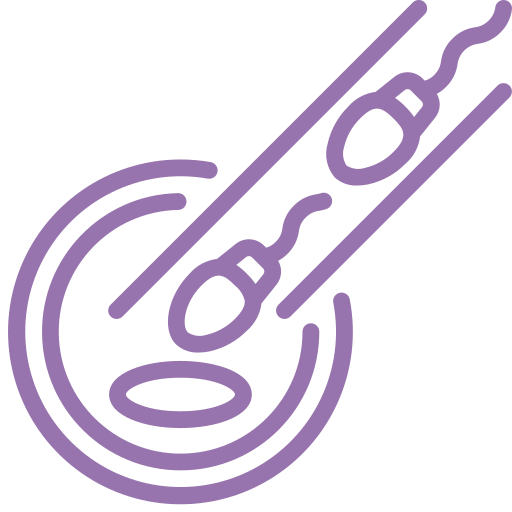
For fertilization to take place, the collected egg and sperm are combined in a petri dish and cultured in an embryo incubator. This dish is closely watched to check whether any of the eggs have been fertilized. Once the egg is fertilized, it is referred to as an embryo or a blastocyst on the 5th day of development. Our in-house embryologist carefully nurtures every embryo to the right time, even if it means working outside the standard business operating hours. For instance: If an oocyte is not mature, our laboratory will wait for it to mature and then ICSI it at the right time.

The egg retrieval is a slightly invasive medical procedure that takes about 20 to 30 minutes. You will be given an anesthetic to make you sleep for the duration of the procedure. Using ultrasound technology, your doctor will harvest your eggs transvaginally with a small, hollow needle connected to an ultrasound probe. Once your eggs are collected, your partner’s semen or donor sperm you have pre-selected is used for fertilization. The sperm are washed and prepared, and the top-quality sperm extracted is used to fertilize the eggs.

Your doctor will create a customized medication schedule that contains information about the fertility medications and hormone injections you have to take. Medication and injections are taken to encourage your ovaries to mature a large number of eggs for fertilization. Since women don’t respond to fertility drugs and hormones the same way, personalized protocols are crucial to the IVF cycle success. At Coastal Fertility, we will monitor you closely, letting you understand the changes occurring in your body and keeping track of how your egg follicles are growing.

On-site consultations typicallyinclude a standard fertility evaluation, consisting of a physical examination, complementary follicular ultrasound, and testing to enable your doctor to know your present fertility status and draw up a treatment plan.

This consultation includes a detailed medical evaluation with a doctor. You and your physician will review your health records and have enough time to talk about your goals and get answers to your questions. We recommend that you jot down all your questions before the visit to allow you to make the best use of the time spent with your doctor.

Your Reproductive Endocrinologist will take all factors into consideration and create a comprehensive plan of care, otherwise known as the treatment plan. This plan will include treatment recommendations from the physician and enable your financial coordinator to make a precise quotation once you meet.

Our globally respected team of specialists are helping improve IVF technologies to enter into a generation of better outcomes for infertility. Although you’ll have a doctor guiding you, you are also going to benefit from the experience and insights of other doctors during case review collaboration meetings, which take place every week. So, you won’t just rely on the expertise of a specialist but benefit from the knowledge of many reputed fertility experts.

The infertility industry is currently segmented, with each service or treatment being handled by a different provider. Our all-inclusive model simplifies an otherwise complex and difficult process. We are here to revolutionize the infertility industry by offering a one-stop-service model to assist our patients through infertility challenges while reducing physical, emotional, and financial risks.

Our fertility clinic focuses on helping you build your family regardless of your sexual orientation or the gender you choose to identify with. We are even taking further steps to make LGTB people feel more welcome at our fertility clinic. Each of our patient-facing staff goes through LGTB training to let family-building clinicians provide necessary support and make you feel highly welcome.

We know that every situation is different and that everyone requires different treatments. Unlike facilities that take “a one-size-fits-all” approach for all cases, our fertility specialists use more than 40 customized protocols to raise the chances of success. The customized approach even extends to our fertility laboratory. Our on-site lab director and his highly-experienced team nurture every embryo and egg to increase the odds of success of each cycle.
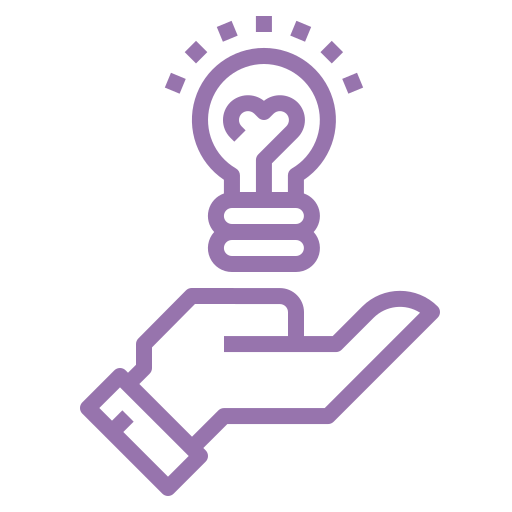
Our team specializes in difficult cases and help patients who may have been considered “hopeless” at other fertility clinics. Thanks to our personalized solutions, expertise, and internal collaboration, weare able to maximize pregnancy success rates that are well above the industry average, even in difficult infertility cases.

Upon your arrival, you will check in with a Patient Care Coordinator. We will obtain your insurance information for benefits verification, a copy of your identification and take a picture for your electronic medical chart
Welcome to Coastal Fertility Family
Coastal Fertility is the leading provider of fertility solutions located in Orange County. Join us to get free updates on fertility news, treatments, infertility solutions and more.
Welcome to Coastal Fertility Family
Coastal Fertility is the leading provider of fertility solutions located in Orange County. Join us to get free updates on fertility news, treatments, infertility solutions and more.
